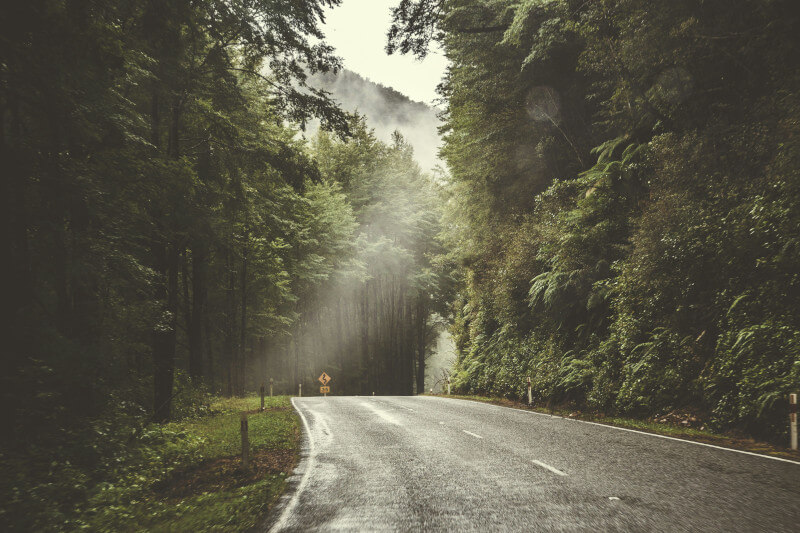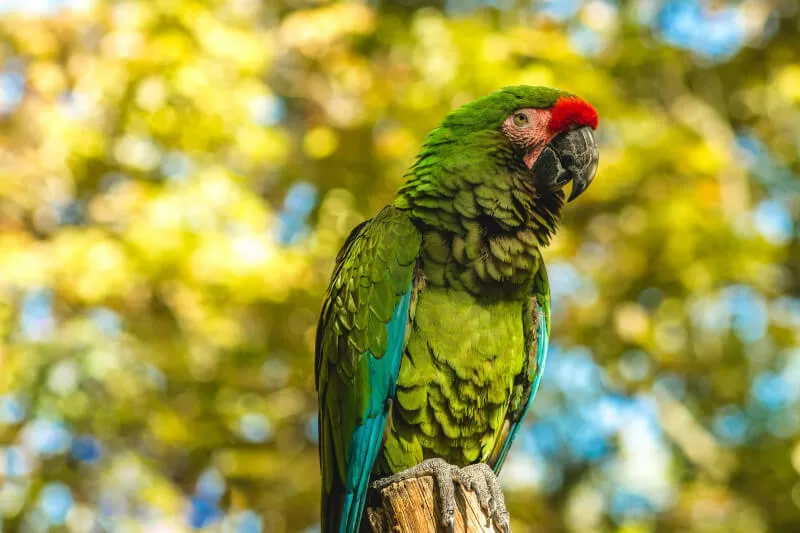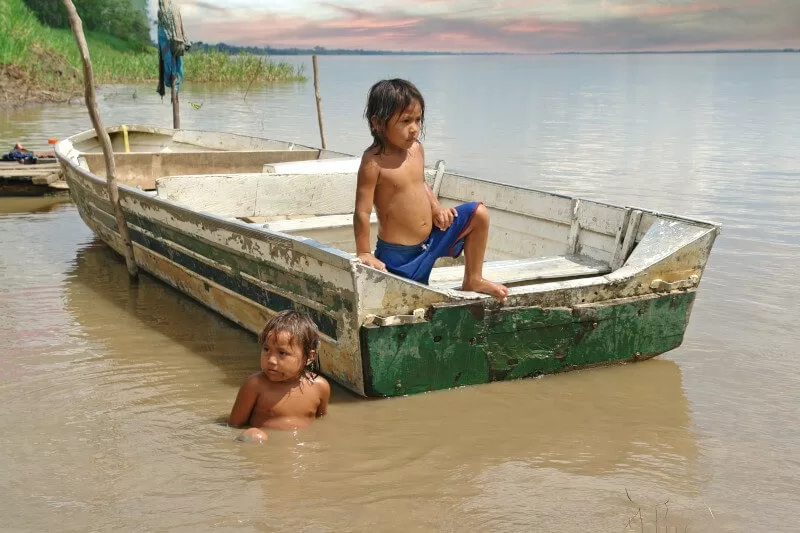A Peruvian natural crown falls prey to common misconceptions about Manu. One common belief is that accessibility is limited, deterring potential visitors. In reality, the park offers various entry points suitable for different adventure levels.
Another misconception revolves around the park’s biodiversity. Many assume it’s similar to other Amazonian regions. However, Manu boasts a unique blend of species, unmatched elsewhere.
Lastly, the misconception about the safety of the park persists. Some travelers fear wildlife encounters or challenging terrains. Manu National Park, though wild, has measures in place to ensure visitor safety.
Manu National Park, nestled in Peru’s lush Amazon rainforest, is shrouded in mystery and allure. Often, travelers harbor common misconceptions about Manu, especially regarding its accessibility and exploration opportunities. This blog post seeks to demystify these notions, offering a clearer understanding of what awaits in this incredible natural sanctuary.
One of the most prevalent common misconceptions about Manu is its inaccessibility. Contrary to belief, reaching Manu is not a Herculean task. Numerous tours operate from Cusco, a cultural hub nearby, offering various ways to enter the park. Manu is more accessible than you think.
Travelers can choose from road trips, river journeys, or short flights. Each mode of travel provides a unique perspective of the Peruvian landscape. The journey itself becomes part of the adventure, offering glimpses of the Andean highlands transitioning into the Amazon basin.

Exploration within Manu National Park caters to a wide range of preferences. Whether it’s trekking through dense jungle or cruising along the Manu River, there’s something for everyone. Exploring Manu is an unforgettable experience.
Guided tours are available, taking visitors to remote corners of the park. These tours often include knowledgeable local guides, ensuring a safe and informative experience. It’s not just about sightseeing; it’s an educational journey into the heart of biodiversity.
The myth surrounding the Manu Jungle is that exploration is highly restricted. While conservation is a priority, the park is not off-limits. Areas open to tourists are abundant, offering a plethora of activities like bird watching, canopy walking, and even night safaris.
Photography enthusiasts and nature lovers find Manu a paradise. The park’s varied landscapes provide backdrops for stunning photographs. Manu offers stunning landscapes for photography.
Manu is not just about natural beauty; it’s a cultural treasure trove. Home to several indigenous communities, it offers a glimpse into age-old traditions and lifestyles. Visitors often learn about local customs, crafts, and even some Quechua phrases like “Allin punchaw” (Good day).
Engaging with these communities enhances understanding and respect for their way of life. It’s an opportunity to witness a lifestyle intertwined with nature, far removed from the hustle of modern living.
Common misconceptions about Manu often paint it as a distant, untouchable twin sister of the mythical Amazon. In reality, Manu is welcoming, accessible, and ripe for exploration. It’s a place where adventure and culture blend seamlessly, offering a unique and enriching experience.
To truly appreciate Manu National Park, one must look beyond the myths. Its accessible trails, diverse activities, and cultural richness await those willing to explore. Manu is not just a destination; it’s an experience that reshapes our understanding of nature and culture.

Manu National Park, a biodiverse haven in Peru, often falls victim to common misconceptions about Manu’s ecological offerings. Our tours aim to unveil the true nature of Manu’s biodiversity, revealing its unparalleled natural treasures. Here, we’ll explore the park’s unique flora and fauna, debunking myths and showcasing its ecological significance.
Manu National Park boasts a range of ecosystems, from lowland rainforests to high Andean grasslands. This diversity creates habitats for an array of species. Manu is a mosaic of ecosystems.
The lowland forests are teeming with life, hosting countless species of birds, mammals, and insects. As we ascend, the landscape changes, revealing cloud forests and Puna grasslands. Each elevation brings a new set of species, adapting to their unique environments.
One common misconception about Manu is the sameness in its biodiversity compared to other Amazonian regions. In reality, Manu’s biodiversity is distinct and varied. The park houses species not found anywhere else in the Amazon.
Manu is unique in biodiversity, and is a testament to its ecological richness. It’s a hotbed for endemism, with species evolving in isolation, creating a unique biological community.
Bird enthusiasts find Manu a paradise with over 1,000 bird species. From the vibrant macaws to the elusive Andean cock-of-the-rock, the avian diversity is astounding. Manu is a paradise for birdwatchers.
The park’s birdlife is not just diverse but also easily observable. Trails and canopy towers provide vantage points for unparalleled birdwatching experiences.
Manu is a stronghold for many rare and endangered species. It’s a sanctuary for creatures like the giant otter and the jaguar. Efforts to protect these species counteract common misconceptions about Manu’s conservation status.
Manu protects endangered species. The park plays a crucial role in global conservation efforts.
Manu’s biodiversity is not just a natural wonder but also culturally significant. Indigenous communities, coexisting with the park, rely on its resources. Manu is important for indigenous communities.
These communities play a vital role in conservation, using traditional knowledge to protect the park’s biodiversity. Their relationship with the land adds another layer to Manu’s ecological importance.
Manu National Park, far from the common misconceptions about Manu, is a biodiversity hotspot. Its unique ecosystems harbor species found nowhere else on earth. This park is not just a piece of the Amazon; it’s a testament to nature’s diversity and resilience.
By understanding the true nature of Manu’s biodiversity, we can appreciate its global significance. It’s not just a park but a living, breathing example of ecological wealth and diversity. Manu beckons nature enthusiasts to explore its depths and discover its biological marvels.

If you got any questions, please do not hesitate to send us a message. We reply within 24 hours!
+51 900 394 399
info@biomanuexpeditions.com
reservas@biomanuexpeditions.com
